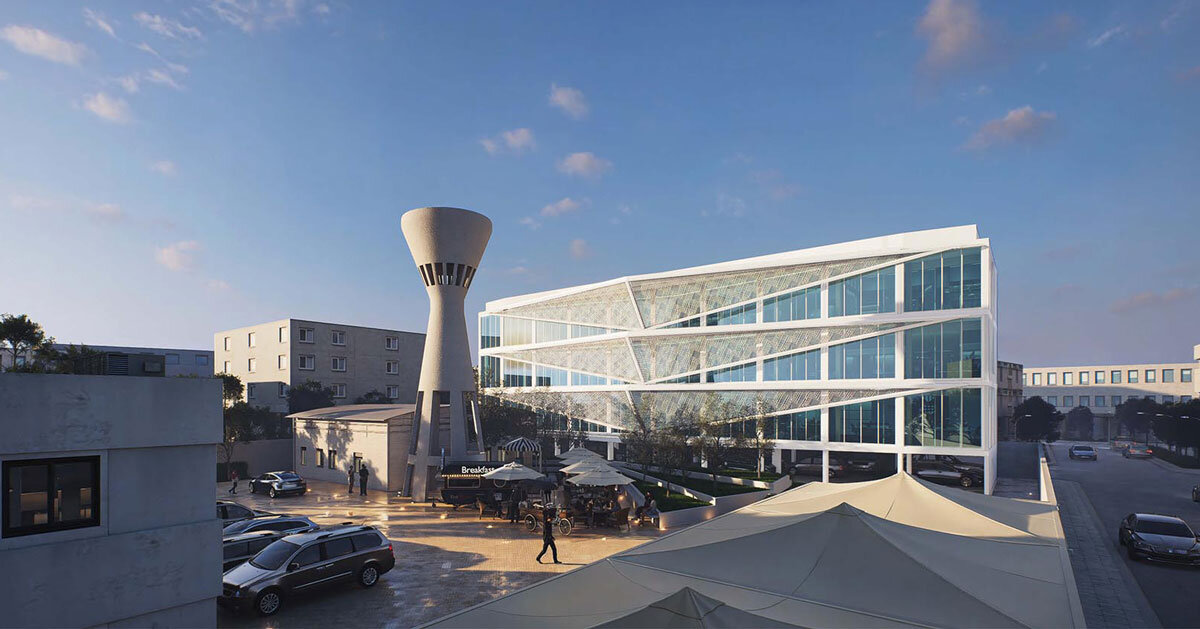Ibrahim Joharji designs the Indonesian consulate building in Jeddah
The Indonesian consulate building in Jeddah by Ibrahim Joharji Architects contributes to the architectural landscape of the diplomatic facilities Saudi ArabiaWhere design plays both functional and symbolic roles. Diplomatic buildings are not only Jobs But also representations of national identity that requires architecture to convey between the protocol, security and cultural expression. The project is structured and organizes spaces for diplomats, administrators and employees through layered circulation systems. This spatial framework embedded distinctions from function and authority in the overall plan.
The design navigates several regulatory framework and reacts to the Saudi building code and includes references to the architectural heritage in Indonesia, which includes 28 recognized styles. Elements of the Rumah Gadang roof line were reinterpreted in contemporary form, while triangular geometries, which come from the Peci, an Indonesian headgear, were integrated as motives for dignity and structure.
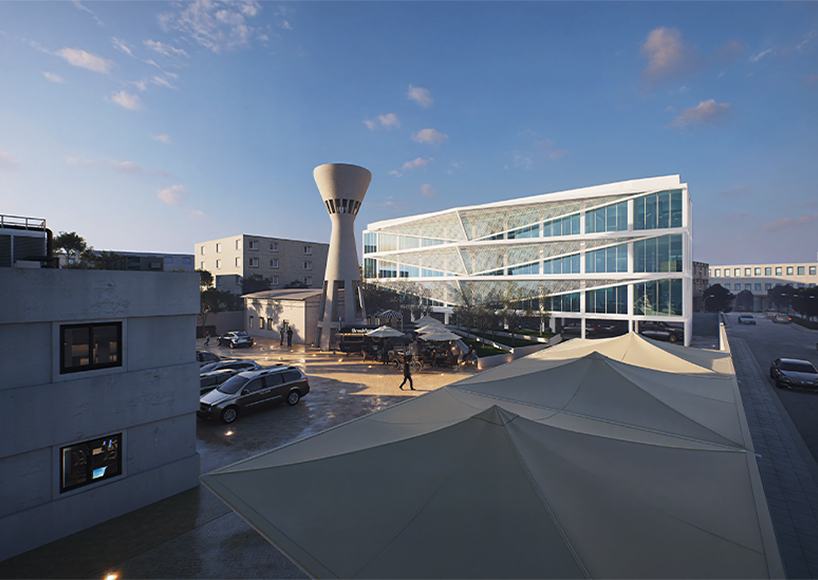
Indonesian consulate in Jeddah by Ibrahim Joharji Architects | All pictures with the kind permission of Ibrahim Joharji Architects
Architecture as a framework for diplomacy and urban presence
The facade design combines cultural influences from both Indonesia and Saudi Arabia. Parametric patterns inspired by Indonesian batik were interwoven with Islamic geometric references and generated a layered skin that acts both as a shading and as a cultural significant. The material options were assessed for their environmental impact. Stammer concrete provides the necessary safety measures, while facade systems, surfaces and mechanical components have been selected to improve the energy performance and reduce the building's CO2 footprint.
The Indonesian consulate in Jeddah by Ibrahim Joharji Architects studioillustrates how diplomatic architecture works at the interface of culture, regulation and sustainability. Through the combination of symbolic references with practical performance, the building creates a frame in which the architecture supports diplomatic presence and at the same time contributes to the urban and ecological context.
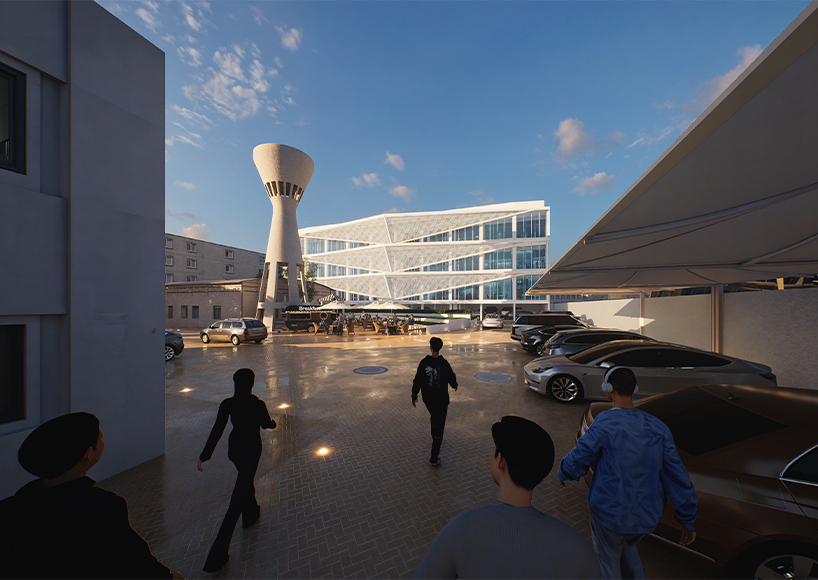
A diplomatic structure of balanced function and cultural identity
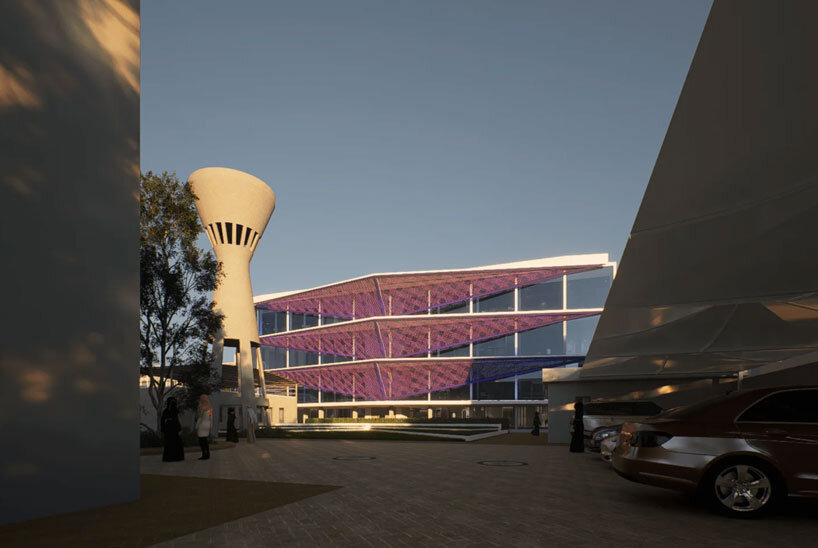
Triangular geometries inspired by Headereie Peci
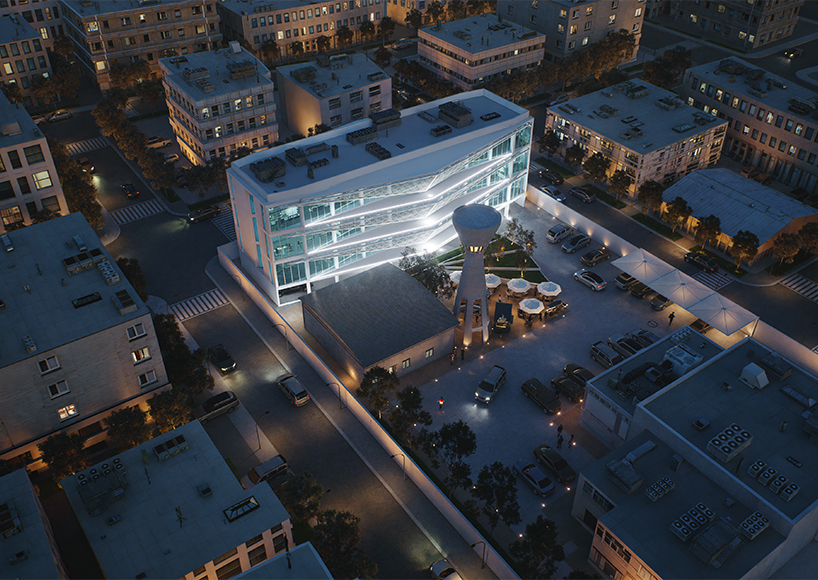
Facade patterns come from Indonesian batik traditions
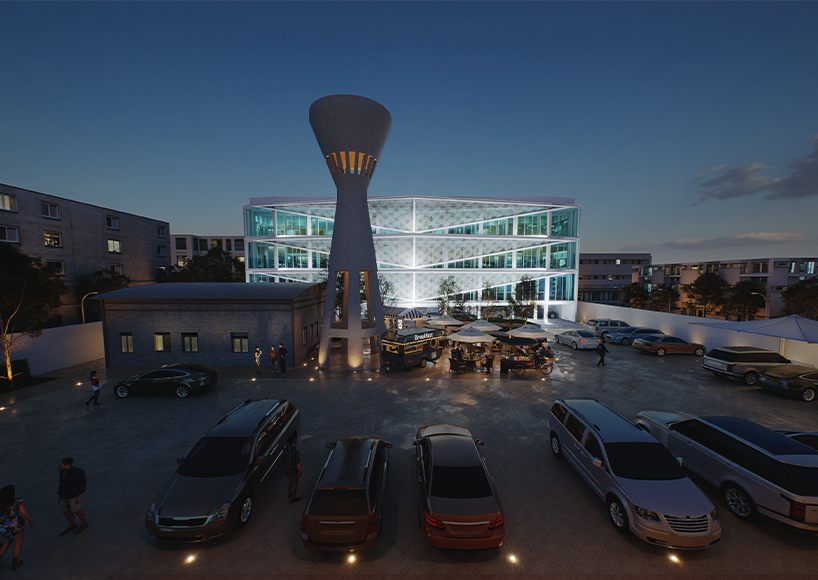
Islamic geometric references that are integrated into the skin
